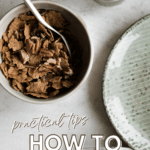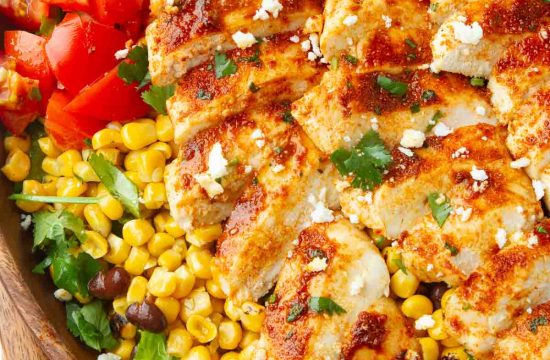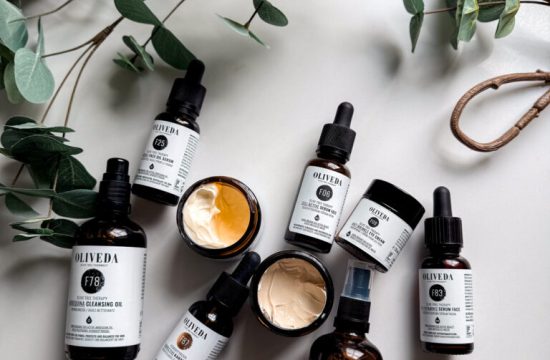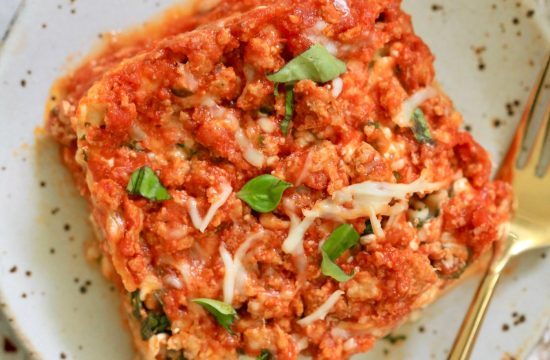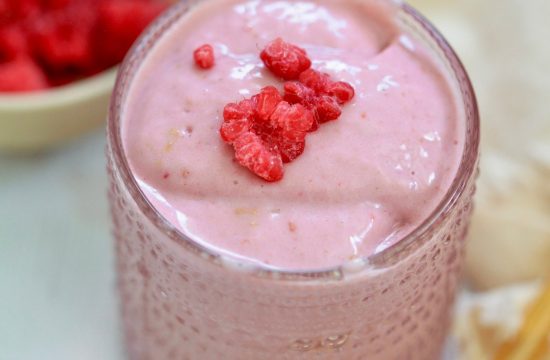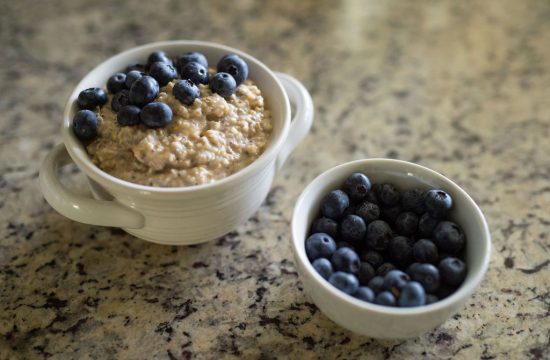

Curious how to stay full longer? Incorporate these practical tips into your routine and manage cravings while focusing on mindful eating.
.tasty-pins-banner-container{display:block;margin-bottom:20px;position:relative;width:-webkit-fit-content;width:-moz-fit-content;width:fit-content}.tasty-pins-banner-container a{cursor:pointer;display:flex;font-size:14px;font-weight:700;letter-spacing:1px;line-height:1.8em;text-transform:uppercase}.tasty-pins-banner-container a:hover{opacity:1}.tasty-pins-banner-container .tasty-pins-banner{align-items:center;bottom:0;cursor:pointer;display:flex;justify-content:center;left:0;padding-bottom:1em;padding-top:1em;position:absolute;right:0}.tasty-pins-banner-container .tasty-pins-banner svg{margin-right:4px;width:32px}.tasty-pins-banner-container .tasty-pins-banner span{margin-top:4px}.tasty-pins-banner-container a.tasty-pins-banner{text-decoration:none}.tasty-pins-banner-container a.tasty-pins-banner:hover{opacity:.8}.tasty-pins-banner-container a.tasty-pins-banner-image-link{flex-direction:column}.tasty-pins-banner-container a img{margin-bottom:0}.entry-content .wp-block-image .tasty-pins-banner-container img{margin-bottom:0;padding-bottom:0}#et-boc .et-l div .et_pb_image_wrap .tasty-pins-banner-container .tasty-pins-banner{padding-bottom:1em!important;padding-top:1em;text-decoration:none}#et-boc .et-l div .et_pb_image_wrap .tasty-pins-banner-container a.tasty-pins-banner{cursor:pointer;display:flex;font-size:14px;font-weight:700;line-height:1.8em;text-transform:uppercase}#et-boc .et-l div .et_pb_image_wrap .tasty-pins-banner-container a.tasty-pins-banner span{letter-spacing:2px;margin-top:4px}.et-db #et-boc .et-l .et_pb_module .tasty-pins-banner-container a:not(.wc-forward){padding-bottom:0}
At the beginning of my own health journey, I was very curious about how I could stay full longer. As soon as I started to eat what I thought were health foods, I was hungry all of the time.
Turns out, the low-fat diet foods of the 90s and early 2000s were the worst choices for keeping a person full for hours. 100 calorie packs void of protein, fat, and fiber are the last type of snack one should eat to nourish the body.
I learned what was satisfying (foods containing whole grains, fat, fiber, protein) and what left me hungrier than before I’d even had the snack!
Whether or not you’re in a place where you want to lose weight right now, there are infinite health benefits to eating foods that are nutritious and calorie-dense and that help increase satiety.
Hunger is not a bad thing. It is simply your body’s cue to you that it needs nutrients and energy.
While some people gravitate toward a mini meals approach to grazing all day long, I much prefer three satisfying meals (and maybe one small snack) in my days. The bigger the meal, the less hungry I feel for hours after. The fewer times I have to feel hungry, think about food, and prepare a meal, the better!
Where Are The Macronutrients Digested?
Carbohydrate digestion starts in the mouth with the enzyme salivary amylase. Protein digestion takes place primarily in the stomach. And fat digestion is primarily in the small intestine. (There is some overlap of them all.)
Generally, the lower in the GI tract you go, the longer a macronutrient will keep you full. Simple carbs like crackers are digested faster than a high-protein steak or a high-fat avocado.

Mindful eating is another way to make your meals feel more satisfying.
Being aware of your eating habits and really savoring your food is important in fostering a healthy relationship with food, but it can be a more difficult habit to grasp.
Alas, incorporating mindful eating into your routine is easier said than done.
We all have so many distractions, but the more mindful you can be and the slower you eat, the more satisfied you’ll feel when the meal concludes. Make it a goal!
By eating foods that increase satiety and enjoying them in a mindful way, you’ll be less likely to snack as often, helping to prevent mindless overeating, and support your overall nutrition.
As a registered dietitian who has gone through my own health journey, today’s post is focused on tangible tips that can help you stay fuller for longer.
If you’re interested in learning more about how to stay full, check out my new wellness program launching this Friday called Bloom!
How To Stay Full Longer
1. Start your day with a high protein breakfast.
Protein helps to keep you feeling fuller for longer because it take your body longer to digest.
I don’t track how many grams of protein I eat per day, but I know when I do make a point to include ample protein in my breakfast it helps with the feeling of fullness to power me through my morning.
Whether it’s scrambled eggs with cheese, a scoop of protein powder in my smoothie made with milk, or making oatmeal with whole milk and adding nut butter on top, my source of protein varies morning to morning.
2. Make sure to include plenty of fiber in your meals.
Fiber helps to slow the digestive process and can help to keep you feeling full for longer. Eating at least 25 grams of fiber per day is optimal for women 50 years and younger.
Soluble fiber, found in foods like oats, beans, apples, carrots, and whole grains, can help lower blood cholesterol and glucose levels.
High-fiber foods tend to take longer to eat (think celery stalks) and to be less “energy dense,” which means they have fewer calories for the same volume of food.
Pair them with protein or fat (like peanut butter on your celery) for the most satisfying combo.
3. Spread your meals evenly throughout the day.
Have you ever had a HUGE breakfast or brunch and realized how many hours you went without feeling hungry? Generally, the bigger the meal, the longer it lasts.
I usually have no problem going from breakfast (between 8 and 9 a.m.) to lunch around noon, so 3-4 hours. If I have a later lunch or an early dinner, I don’t have trouble going from 1-5, but sometimes I need a small snack.
In general, I try to space my meals evenly through the day so I’m never going too long and getting hangry in the process.
4. Drink plenty of water throughout the day.
Staying hydrated can help to keep you feeling full. Hydration is often overlooked when we’re focusing on food intake, but sometimes hunger is mistaken for thirst. This happens to me all the time – when I’m dehydrated I’m snackier.
Try having a big glass of water or cup of tea before reaching for another snack. Wait 10-20 minutes and if you’re still hungry, give your body some fuel.
5. Include healthy fats in your meals.
This is probably my favorite tip because I looove my healthy fats! Healthy fats like olive oil, nuts, and avocados can help to slow digestion and can help to keep you feeling fuller for longer. Such foods are great sources of Omega-3 fatty acids which are important for cardiovascular health.
Bonus Tip: Is it cold outside? Switch out your cold cereal for a hot bowl of pumpkin millet porridge, and enjoy a warm bowl of split pea soup instead of a crispy, raw salad for lunch.

Healthy Foods That Fill You Up
Eating healthy doesn’t have to mean feeling hungry all the time. Here are some of my favorite foods that keep me feeling full and energized!

Nuts & Seeds (+ nut butter!)
Nuts and seeds are full of both protein and healthy fats, two key macronutrients that are helpful to feel full for longer.
Eggs
One egg contains 7 grams of protein. Did you know the white has more protein than the yolk?
Greek Yogurt
Greek yogurt is very high in protein (close to 20 grams per cup), and is loaded with probiotics which are beneficial to the gut.
While I love topping Greek yogurt with nutty granola for a healthy snack, I also like to change it up add some savory toppings: try out these 3 savory yogurt recipes.
Cottage Cheese
One cup of cottage cheese has 28 grams of protein – wow! Talk about an underrated food.
Oatmeal
Oatmeal is a pillar of the KERF “diet.” Full of soluble fiber and infinitely versatile, my morning oatmeal creations are always filling thanks to the cabs, protein and healthy fats.
Avocado
While avocado is technically a fruit, it’s high in fat. A whole medium avocado has 22 grams fat that break down into 15 grams monounsaturated, 4 grams polyunsaturated, 3 grams saturated. Bring on the guacamole!
Legumes
Legumes, including beans, peas, and lentils, are an inexpensive source of protein and complex carbohydrates, including fiber. On average, legumes contain about 20-25% protein by weight on a dry basis, which is 2-3 times more protein than wheat and rice.
Fruits & Vegetables
Full of fiber and water content (to keep hydration high), fruits and veggies are an ideal way to get lots of fiber in.
This kids charcuterie board is a fun way for kids (and adults!) to get in an extra serving or two of fruits and vegetables.


